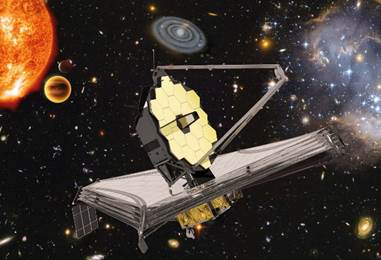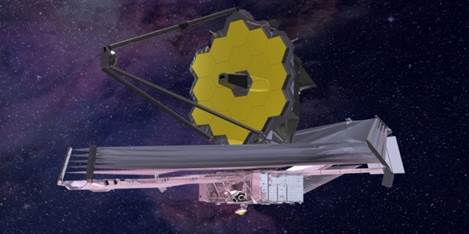





Disclaimer: Copyright infringement not intended.
Context
About

Note
To know more about Lagrange Points visit: https://www.iasgyan.in/blogs/types-of-orbits-explained











© 2025 iasgyan. All right reserved